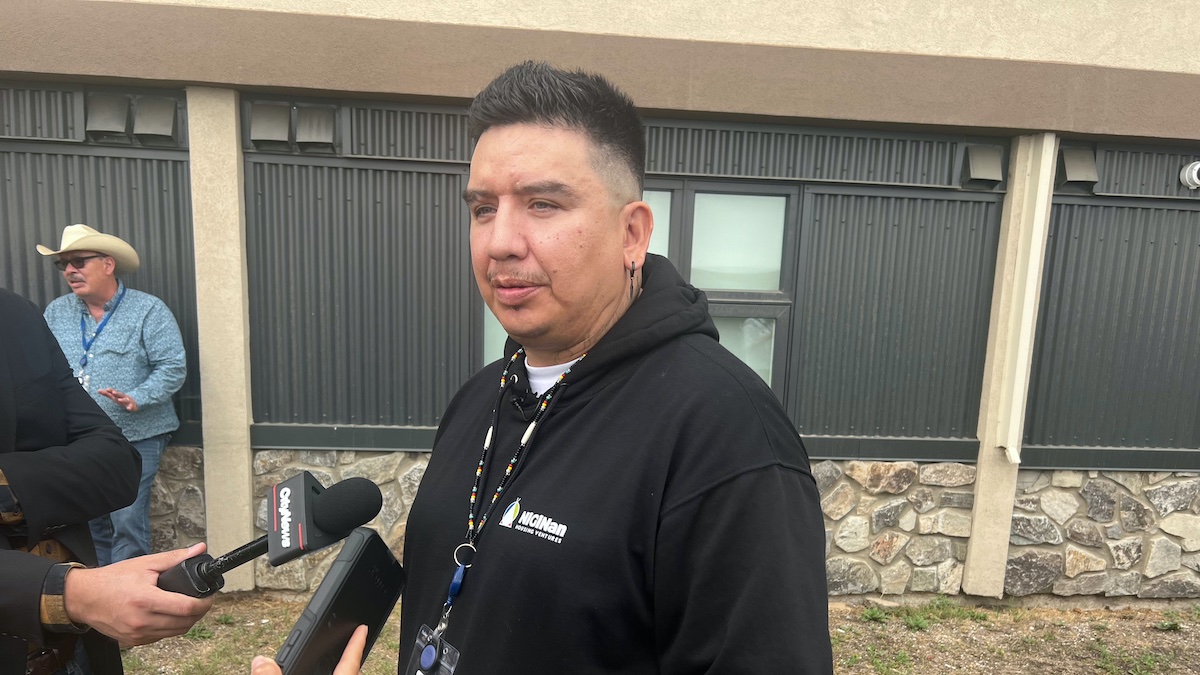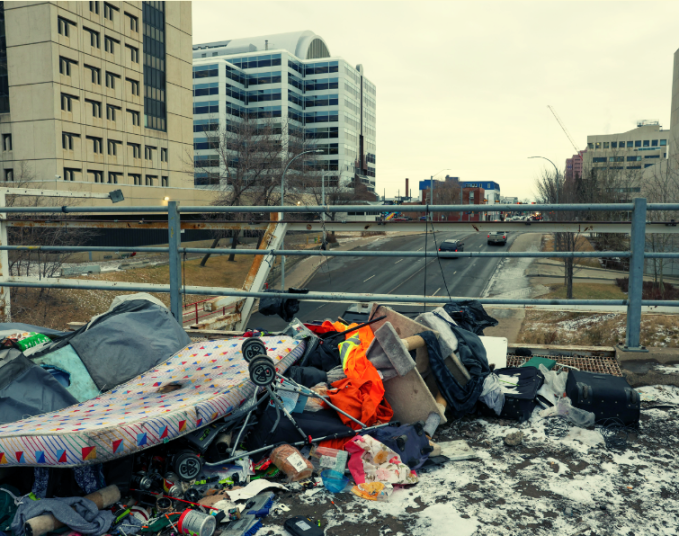There is a word that’s used often enough when describing the efforts to transition the houseless into better lives.
Home.
A shelter provides a bed, a meal, but you have to be out in the morning and have to line up again in the evening. There’s no pride, no neighbours, no sense of being in a place that’s truly yours.
And, as James Bellerose, a peer support at the Pimatisiwin supportive housing facility says, it’s hard for anyone suffering from mental health issues or substance abuse to start on their roads to recovery without feeling grounded, first.
“I think that when you have requirements for people before you stay somewhere, for instance, you have to stay sober before you can come and stay at our facility, or whatever the situation at other places, at Pimatisiwin, they take you as you are,” he said as the new Indigenous-led supportive housing complex held its grand opening earlier this week. “But how is a person supposed to get sober on the streets? They’ve never been shown that, or have been provided that information.
“So, once they come here, we take them as they are. If you’re a full-blown, full-fledged addict, we’ll take you in. It doesn’t matter. If you have nothing, it doesn’t matter, we’ll take you in. Pimatisiwin is different because of that. There’s no time limit on how long they can stay.”
Pimatisiwin is run by NiGiNan Housing Ventures, and is the product of retrofitting the old Sands Inn & Suites, where the Yellowhead meets Fort Road. The City of Edmonton, provincial government agencies, Red Road Healing Society and the Canada Mortgage and Housing Corporation all contributed to the project.
It has 50 shelter spaces, 54 supportive housing units and six enhanced care suites. There is a focus on Indigenous healing practices, and at the centre of it all is a ceremony room.
“We make ceremony the centre of everything we do,” said Keri Cardinal, the CEO of NiGiNan.
Bellrose and his wife, Ashley, who also works at the centre, are proof of how the Pimatisiwin model of care is different. They aren’t social workers armed with multiple degrees. Each can look a client in the eye and feel an immediate connection.
James struggled with addiction for over 20 years. Ashley, the daughter of a residential school survivor, was 10 years old when she first started usings substances. After years of struggling on the streets, they finally got sober. But, without any long-term supports, they relapsed after they had their first daughter, and she was put up for adoption. Now sober for four years, they have since welcomed another daughter.
So, they speak from experience when they say that the model of trying to address the homelessness crisis through temporary shelters has to change. For a person to truly turn his, her or their life around, a sense of pride, of belonging, has to come first. And that means being part of a community — and having a home. A place to truly call your own gives a person a sense of security, and from there, that person can begin the journey to heal oneself.
And having workers who were once on the streets themselves helps build a sense of trust.
“Twenty years of wasted life is now being used as experience to help these people here,” says James.
“I hadn’t worked in five years because of all the addiction,” said Ashley. “As soon as I walked through the door I knew I wanted to work here.”
Cardinal said that, when a facility offers supports, three meals a day, and doesn’t make ultimatums, a funny thing happens — the residents start working to get better.
“We work real hard, we have a hard-working team,” said Cardinal. “But the people who work hardest are our residents.”
Savvy AF. Blunt AF. Edmonton AF.




